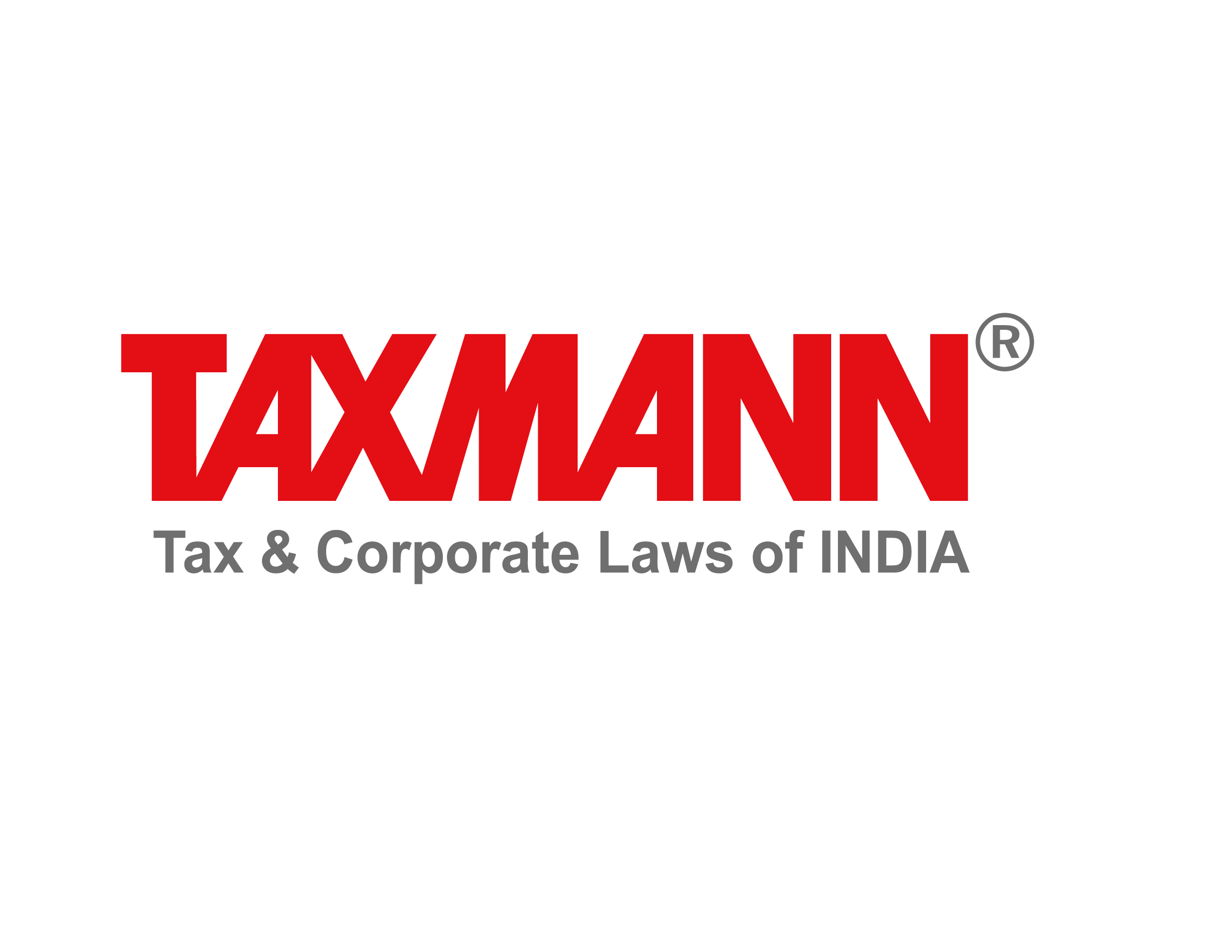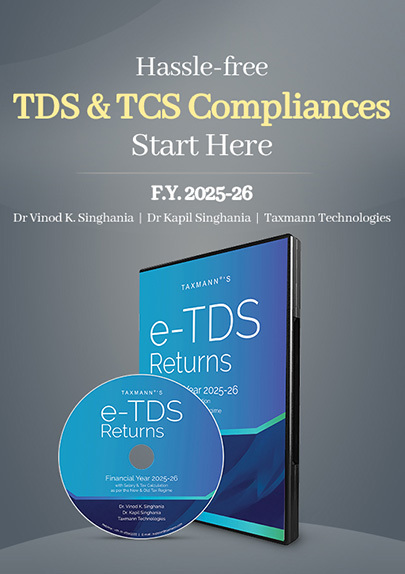Bail to Be Denied as Court Found Prima Facie Evidence of Fraud Through Fictitious Firms and Bogus Transport Document
- Blog|News|GST & Customs|
- 2 Min Read
- By Taxmann
- |
- Last Updated on 20 April, 2025

Case Details: Vineet Jain vs. Union of India - [2025] 173 taxmann.com 203 (Rajasthan High Court)
Judiciary and Counsel Details
- Praveer Bhatnagar, J.
-
Pankaj Ghiya, Mayank Vyas, Nikhil Sharma, Ms Paridhi Jain, Advs. for the Petitioner.
-
Chandra Shekhar Sinha, Sr. GST Counsel, Mayank Kanwar, Adv. for the Respondent.
Facts of the Case
The petitioner, a registered assessee under GST, was arrested by the Directorate General of GST Intelligence (DGGI) for alleged fraudulent availment of Input Tax Credit (ITC) amounting to ?10.87 crores. The investigation revealed that the applicant had entered into transactions with non-existent firms. Forged invoices and E-Way Bills were recovered, along with transport documents bearing fake rubber stamps of a transport company. The owner of the said company gave a formal statement confirming that no goods had been transported and that the documents were fabricated. Based on these findings, the applicant was arrested under Section 69 of the Central Goods and Services Tax Act, 2017. The petitioner filed a petition before the Rajasthan High Court, contending that the arrest was illegal due to the absence of written reasons at the time of arrest. The petitioner placed reliance on the Supreme Court’s rulings in Prabir Purkayastha v. Union of India and Pankaj Bansal v. Union of India (2024) 7 SCC 576.
High Court Held
The Hon’ble Rajasthan High Court held that Section 69(2) of the CGST Act does not require written reasons to be furnished prior to arrest, unlike Section 19 of the PMLA. The Court found prima facie evidence of fraudulent conduct through fake documentation and transactions with fictitious entities. It noted that the applicant’s actions reflected a deliberate and calculated economic offence, causing substantial loss to the public revenue. The Court emphasized that such offences must be dealt with firmly to protect the integrity of the tax system. Accordingly, the application for bail was dismissed, considering the seriousness of the offence and the sufficiency of evidence supporting charges under Section 132 of the CGST Act.
List of Cases Reviewed
- Prabir Purkayastha v. State (NCT of Delhi), 2024 INSC 414 – (para 7) distinguished
- Y.S. Jaganmohan Reddy v. Central Bureau of Investigation, (2013) 7 SCC 439 – (para 8) followed
List of Cases Referred to
- Pankaj Bansal v. Union of India (2024) 7 SCC 576 (para 2).
Disclaimer: The content/information published on the website is only for general information of the user and shall not be construed as legal advice. While the Taxmann has exercised reasonable efforts to ensure the veracity of information/content published, Taxmann shall be under no liability in any manner whatsoever for incorrect information, if any.

Taxmann Publications has a dedicated in-house Research & Editorial Team. This team consists of a team of Chartered Accountants, Company Secretaries, and Lawyers. This team works under the guidance and supervision of editor-in-chief Mr Rakesh Bhargava.
The Research and Editorial Team is responsible for developing reliable and accurate content for the readers. The team follows the six-sigma approach to achieve the benchmark of zero error in its publications and research platforms. The team ensures that the following publication guidelines are thoroughly followed while developing the content:
- The statutory material is obtained only from the authorized and reliable sources
- All the latest developments in the judicial and legislative fields are covered
- Prepare the analytical write-ups on current, controversial, and important issues to help the readers to understand the concept and its implications
- Every content published by Taxmann is complete, accurate and lucid
- All evidence-based statements are supported with proper reference to Section, Circular No., Notification No. or citations
- The golden rules of grammar, style and consistency are thoroughly followed
- Font and size that’s easy to read and remain consistent across all imprint and digital publications are applied



 CA | CS | CMA
CA | CS | CMA
